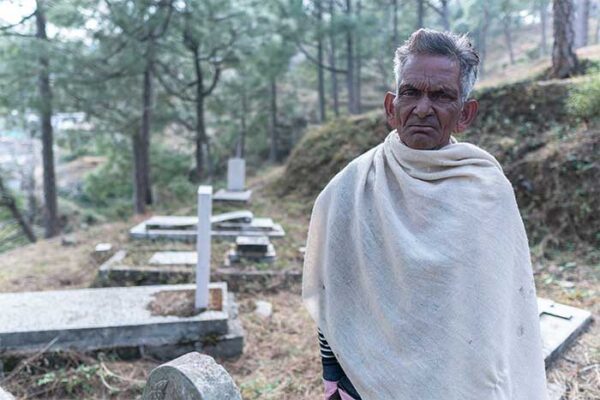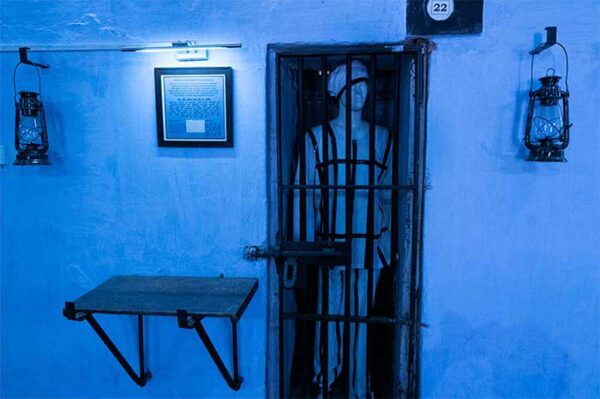British Connection
MEM
KI
QABR
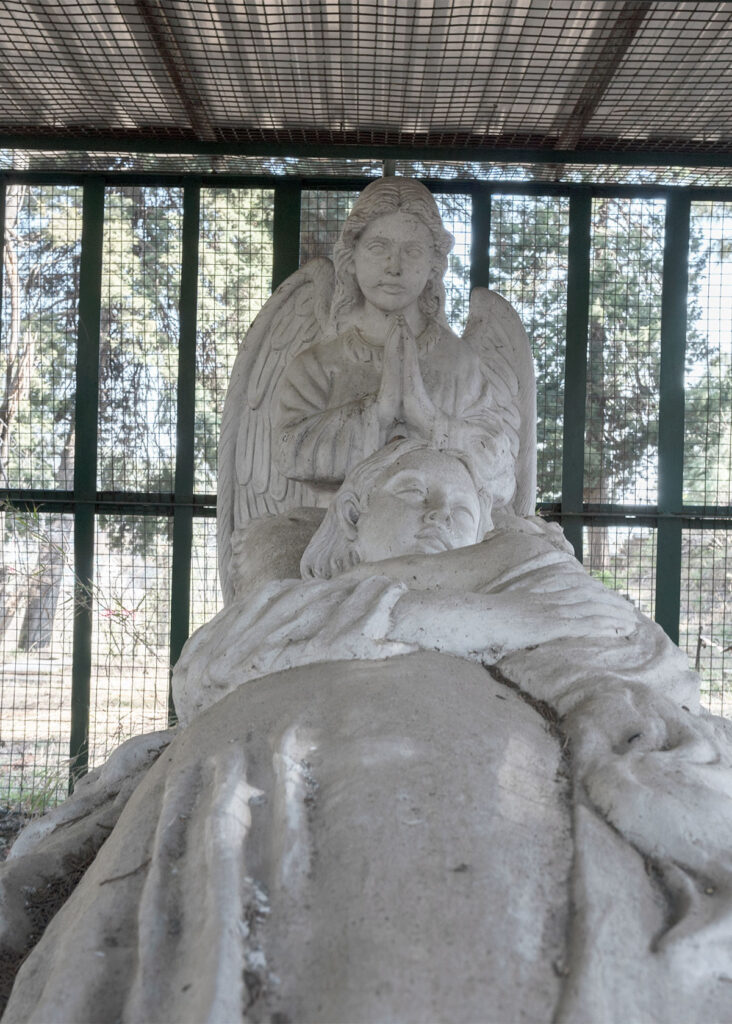
Vandalized and restored, the grave of Mary Rebecca Weston or Mem Ki Qabr as locals call it is the most famous one in Dagshai’s British-time cemeteries. However, behind Mary’s popularity, there is a sad but true story…
Dagshai Cemetery: This is Why Childless Couples Visit Mem Ki Qabr | Video
Of all the British-era cemeteries in Himachal Pradesh, the ones in Dagshai are the most well-known because of one particular grave.
The grave of Mary Rebecca Weston or Mem Ki Qabr as locals call it. There is a sad story behind this grave’s popularity.
Mary was a nursing officer in the British army. She was married to Major George Weston, a surgeon in the Royal Army Medical Corps. Both were posted in the military hospital in Dagshai and lived here. Though married for years, they were childless and had adopted Maud, the daughter of Mary’s brother. As fate would have it, 17 years after their marriage, marry conceived but she died in labour pain with her unborn child on December 10, 1909. Both were buried in the cemetery situated near the Polo Ground.

The grieving husband got a beautiful marble tombstone made — an angel watching over a woman lying with a child in her arms — for his wife and the unborn child. Weston got these lines inscribed on the tombstone: To the sacred and in loving memory of my wife Mary Rebecca Weston, who died at Dagshai 10th December 1909, and our unborn Babe”
Years and decades passed by and a legend took birth. That the marble pieces from Mary’s grave bring good luck. Soon enough, people, especially the childless couples from far off places, started coming to the grave and taking away marble pieces. A local woman even started selling marble pieces by mail order. Within the next few years, visitors had left Mary’s tombstone completely vandalized and grave desecrated.
Restoring Mary’s grave and tracing her family descendants
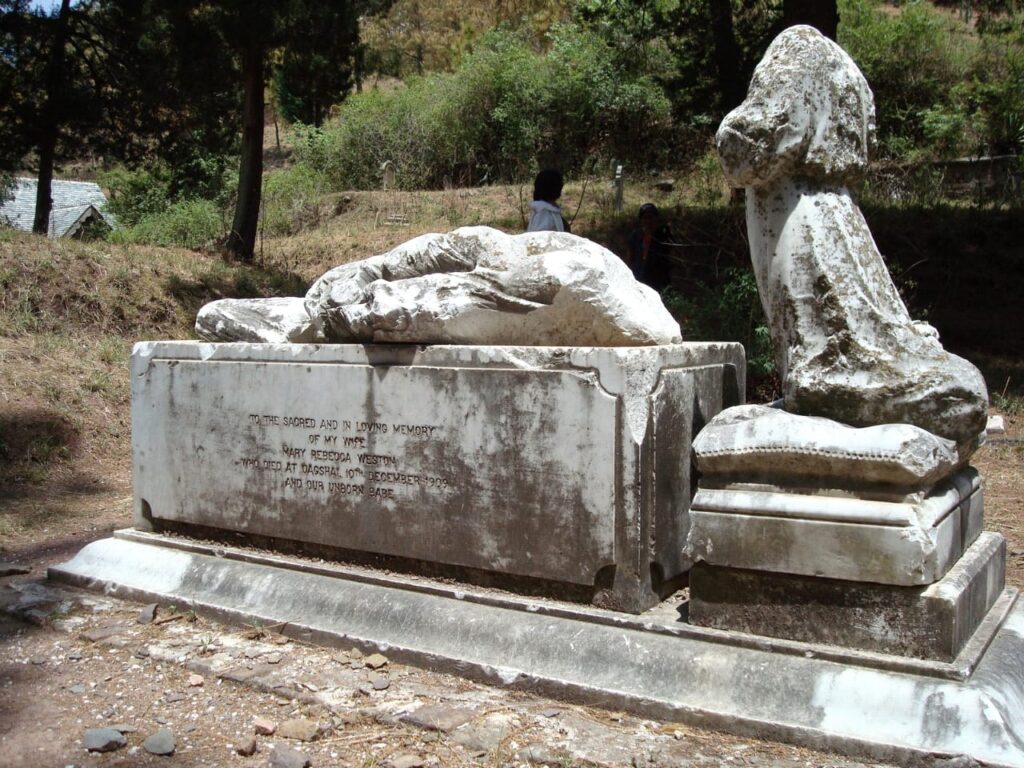
It was Anand Kumar Sethi, an IIT, Bombay, alumnus and the man behind creating the Dagshai Jail Museum, who took the initiative for restoring the grave. But before touching the grave, permission was required. Sethi approached the Royal Army Medical Corps (RAMC), however, since there was no information available on the kin of the Westons, he had to wait. After four years of fruitless search for the kin, RAMC gave its approval.
Friends pitched in to contribute money and a master sculptor was hired from Kolkata to restore the grave to its former elegance.
In the meantime, the efforts put in by Mr Sethi finally succeeded as he traced a descendant of the Westons — Elizabeth James. It turned out that Elizabeth, a London-based author, was Maud’s daughter and Mary was her great aunt.
Elizabeth, who had been trying to locate Mary’s grave for years, reached Dagshai and was taken to the restored grave at the cemetery. She also attended a small ceremony that was held on the completion of the restoration work. A grille has now been placed around the restored grave to protect it from vandals.
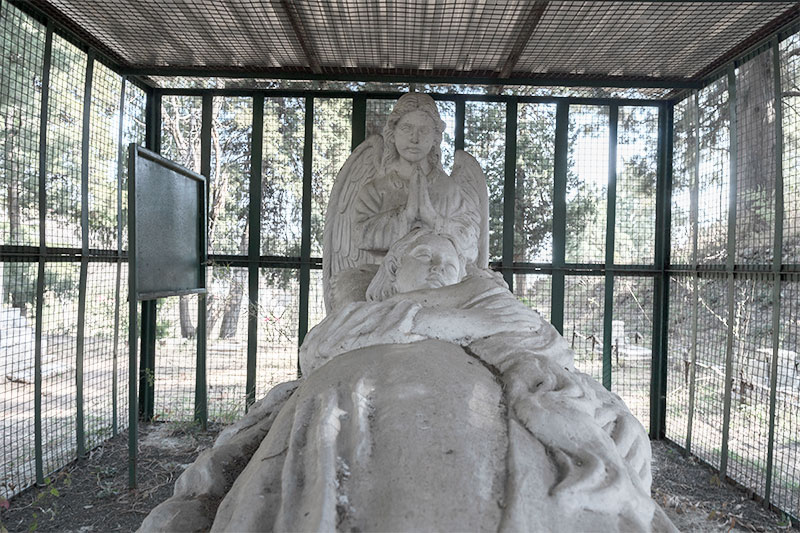
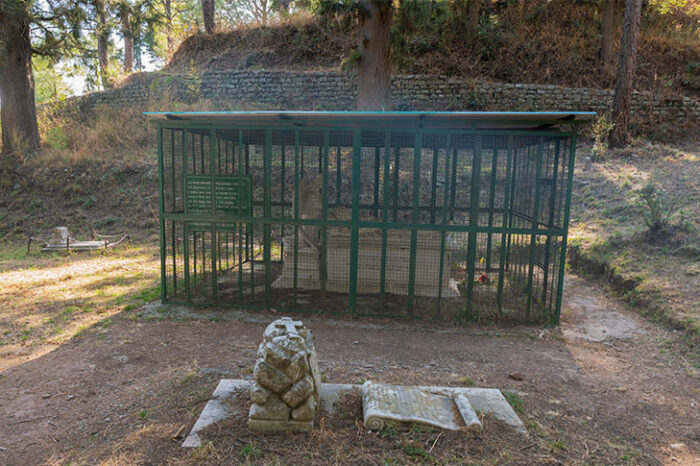
World War Soldiers and Connaught Rangers
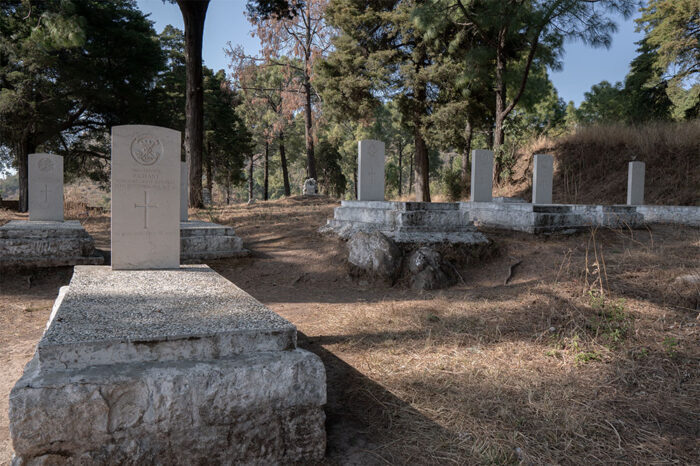
Also buried in this cemetery are soldiers of the two World Wars. The military hospital of Dagshai was quite famous and due to its closeness to the plains the injured soldiers were brought here for treatment.
The ones who died during treatment were laid to rest in this cemetery. There are also marker graves of soldiers of Connaught Rangers in this cemetery. The Irish troops of Connaught Rangers had mutinied against the Britishers in Jalandhar and Solan. While two Irish soldiers had died of gunshot wounds, two others had died in the Dagshai prison due to fever and the rebel leader James Daly was executed at the same prison in 1920.
Though their mortal remains were exhumed in 1970 and flown to Dublin, these marker graves have been created in their memory.
The oldest cemetery of Dagshai
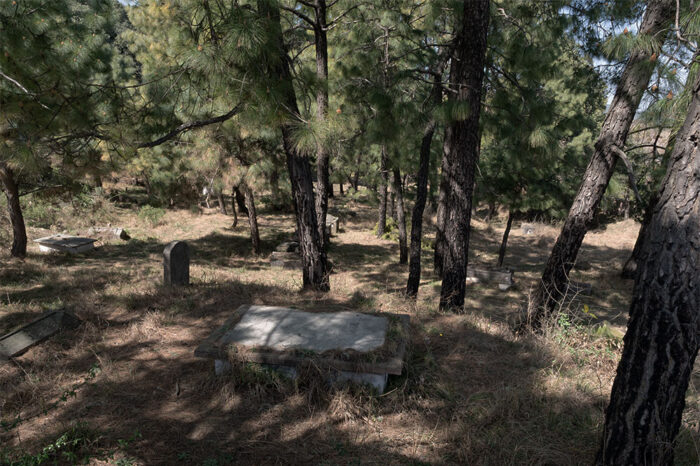
There are two other older cemeteries on the jail road. While the one is the catholic cemetery, which is from 1845 and the oldest in Dagshai, the other is right below it in a pine forest. Buried here are mostly the earliest foreign inhabitants of Dagshai — men, women and children.
With Malaria and cholera widespread in those days in and around Dagshai, it was not a safe place to live in. Many had died of various illnesses here and were buried in these cemeteries.

